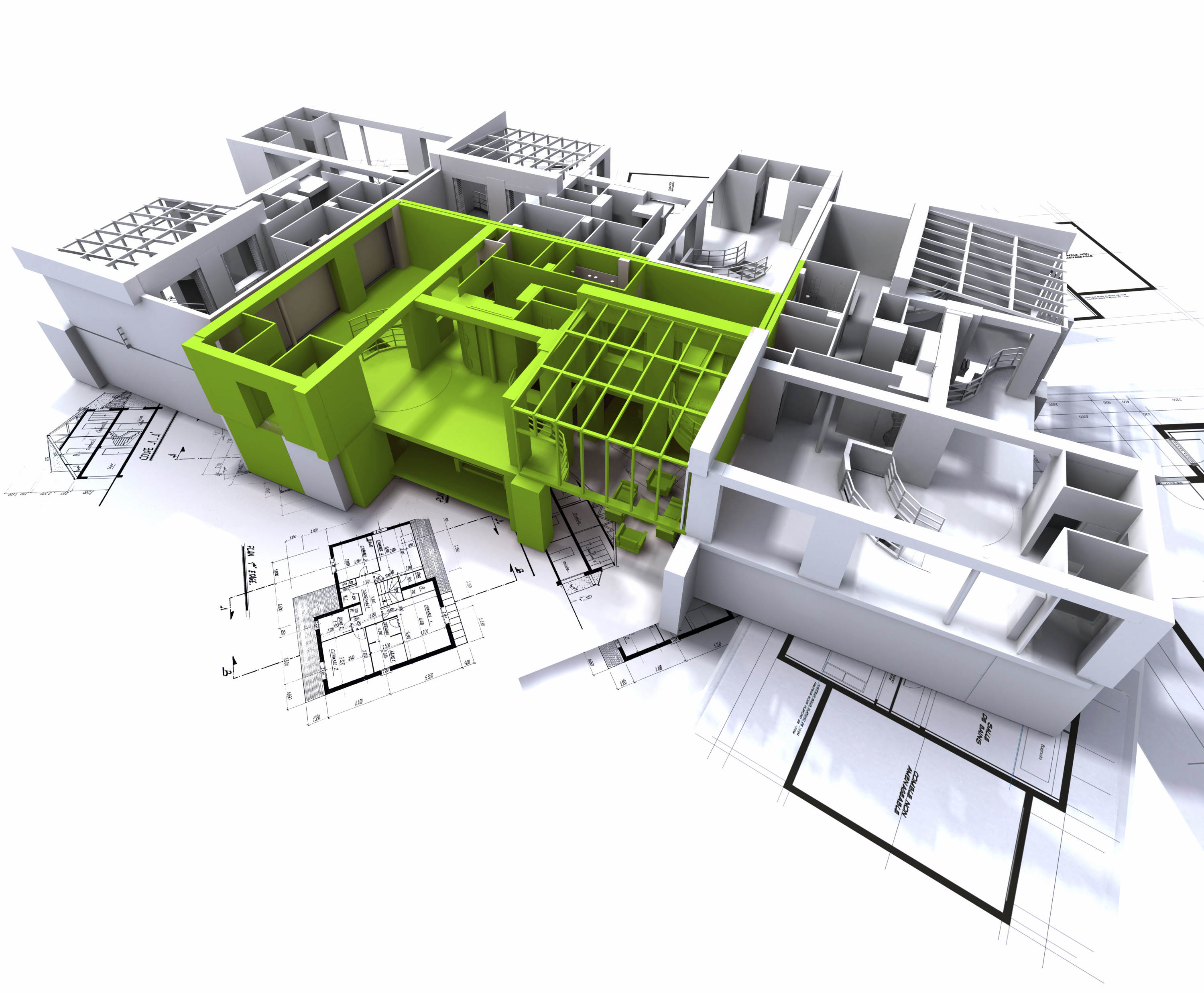Unit Mix: Small vs. Large Apartment Assets

Catering to families and other larger households, 2- and 3-bedroom units are well represented in small apartment assets.
In working to bring new apartments to the nation’s downtown cores, developers of mid- and high-rise buildings have tended to focus on demand from Millennials and, in some cases, Baby Boomers as well. In new urban properties, the typical apartment may have fewer square feet than during previous development cycles. The extra space has been reallocated to increasing shared amenities, such as terraces, fitness centers, dog grooming stations, bike storage and whatever else might appeal to the property’s target demographic. Highly amenitized apartment buildings are not new, but they have taken on greater importance than in the past in attracting today’s prospective tenants.
In terms of unit mix, large buildings are weighted to apartments with fewer bedrooms. In fact, 1-bedroom units account for more than half of the multifamily inventory in properties with 50 units or more.

That contrasts with small properties, where the unit mix includes a greater number of 2- and 3-bedroom units. As shown in below, these multi-bedroom units — which might cater to families and other larger households — account for more than half of all apartments in small properties. On the other hand, 1-bedroom units account for 30 percent of the small property unit mix, compared with 52 percent for larger properties.

The difference in unit mix across small and larger properties has increased since the housing boom in Chandan Economics’ tabulations of data from the American Community Survey. As shown below, the average number of bedrooms in a small properties increased between 2006 and 2014, due in part to suburban multifamily development catering to larger configurations.

The shift is a legacy of the the housing crisis and a new balance in housing where an increasing number of suburban households rent instead of own.

